-
 Looking to Spice Up Your Next Meal? Here Is a List of Best Food Delivery Apps in India for 2019
Looking to Spice Up Your Next Meal? Here Is a List of Best Food Delivery Apps in India for 2019
-
 Want to Pamper Your Taste-Buds this Pongal? Here are Mouth-Watering Pongal Recipes You can't Miss in 2019
Want to Pamper Your Taste-Buds this Pongal? Here are Mouth-Watering Pongal Recipes You can't Miss in 2019
-
 Breakfast is the Most Important Meal of the Day: 10 Nutritious and Easy-to-Make Indian Breakfast Recipes to Start Your Day (2019)
Breakfast is the Most Important Meal of the Day: 10 Nutritious and Easy-to-Make Indian Breakfast Recipes to Start Your Day (2019)
Health Benefits of Indian Foods
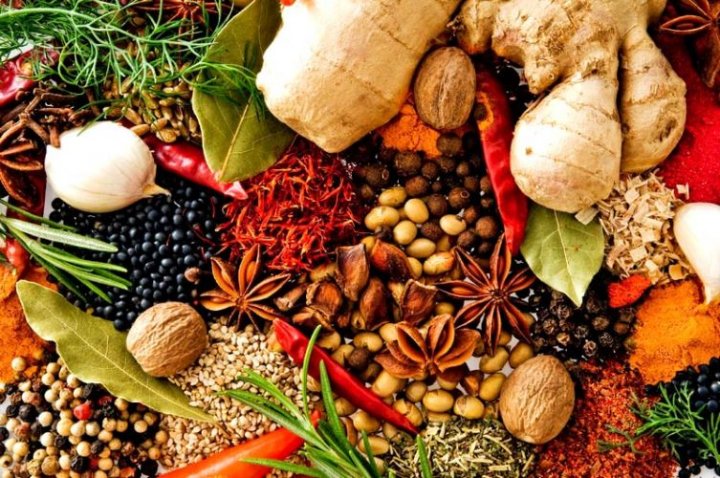
Contains Herbs and Vegetables
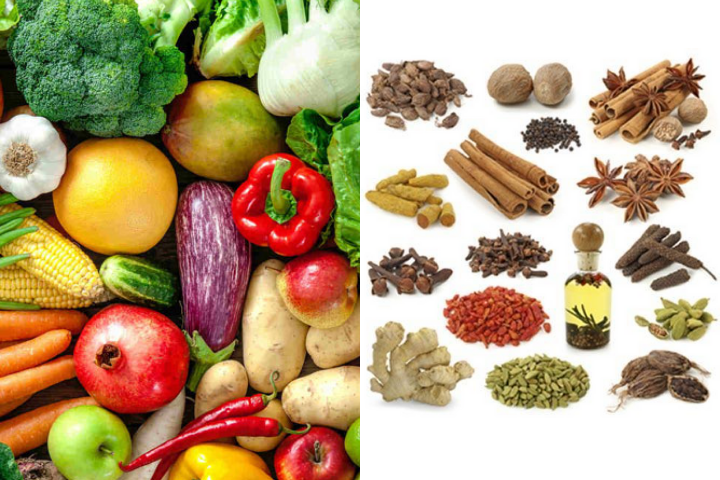
India is widely rich in natural resources that include a variety of herbs, fibres and vegetables, and Indian people know how to use them in cuisines. Vegetables such as mango, spinach, aubergine, potato and more are the ingredients in Indian food and cuisines. Besides, Indian foods are rich in spices and herbs such as ginger and coriander. When we talk about veggies, we cannot forget greenstuffs and Indian foods never neglect them. Overall, Indian foods are a blend of fresh and natural ingredients, and they offer good flavours along with health benefits.
Helps to Develop Brain
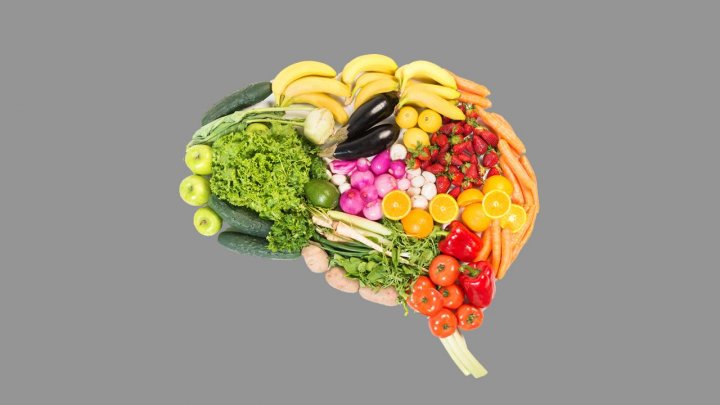
Vegetarian curries are a great source of fibre, zinc, folate and protein, which help the children grow physically and mentally. Besides, Indian foods use Turmeric, which helps in preserving memory and stops cognitive decline. Plus, chances of dementia and other memory-related diseases can be avoided if you have an Indian diet regularly. Indian foods are great for study and learning, and for it, you can solely live on them.
Makes the Bones Strong
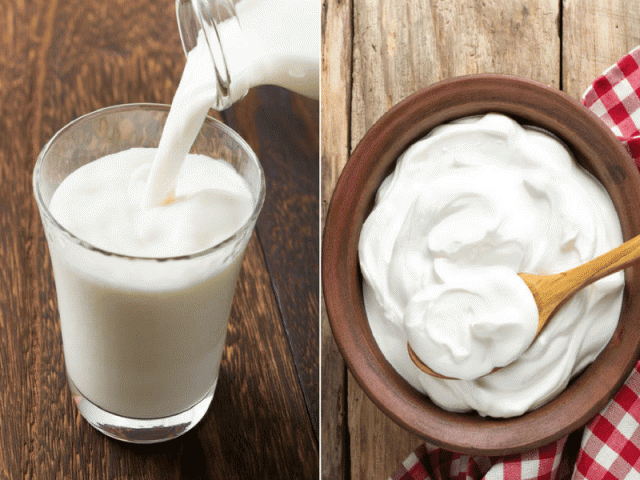
Milk and curd are such substances which are widely used in Indian foods. If they are not cooked along with other ingredients, Indian foods are topped on milk and curd and later served. Milk products are good sources of Calcium that make bone strong and healthy. Besides, studies show that Indian cuisines are great to prevent osteoporosis and other bone diseases. You can take minty yoghurt dip raita which is made from natural yoghurt, cucumber and mint. It is a source of calcium.
Keeps the Heart Healthy
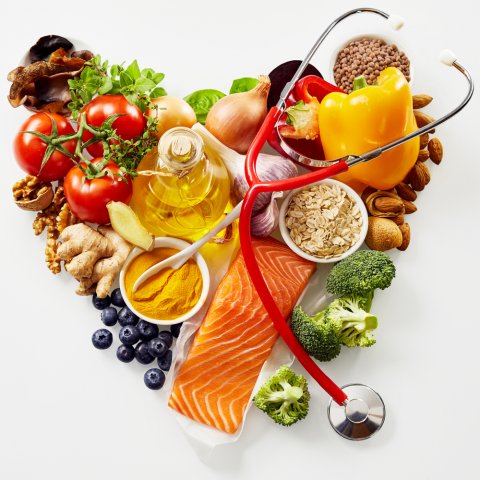
If you are a heart patient, try to habituate Indian cuisines. Indian Foods are a blend of vegetables and substances which helps you to maintain high blood pressure, bad cholesterol and more. Also, Indian diets help to prevent cardiovascular problems and chances of a heart attack. Thanks to herbs and spices which make a sound body and keep people healthy. As Indian cooking always features garlic, Indian foods are best to have a healthy heart.
Controls Blood Sugar
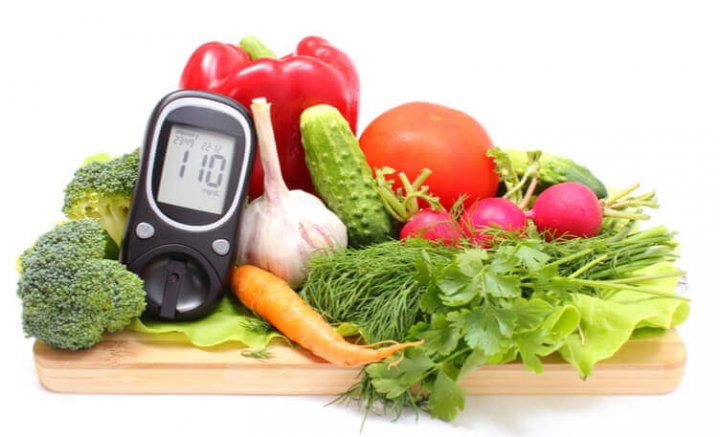
In many ways, Indian foods are beneficial, and they also control blood sugar. These days, diabetes is the burning problem, and most people suffer it. If you can manage Indian diets in your life, you can avoid it.
Prevents Cancer
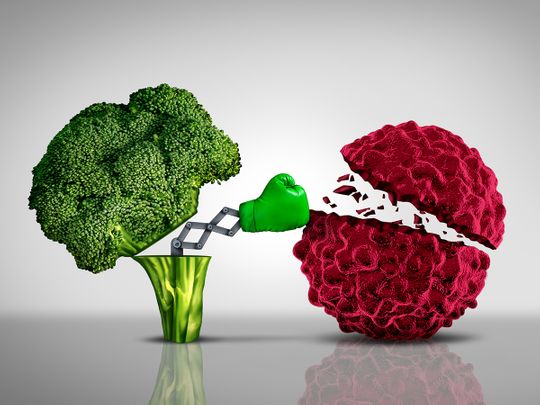
These days, people with cancer are growing in a vast number. Capsaicin and other compounds in some of the spices are found in Indian cuisines, and they help the body to fight cancer. This deadliest disease, cancer, is complex to treat and in most cases, people cannot survive no matter how much money they spend. So, it is better to keep precaution than cure, and one of the ways to avoid it is taking Indian foods.
Top 10 Famous Indian Foods

Butter Chicken
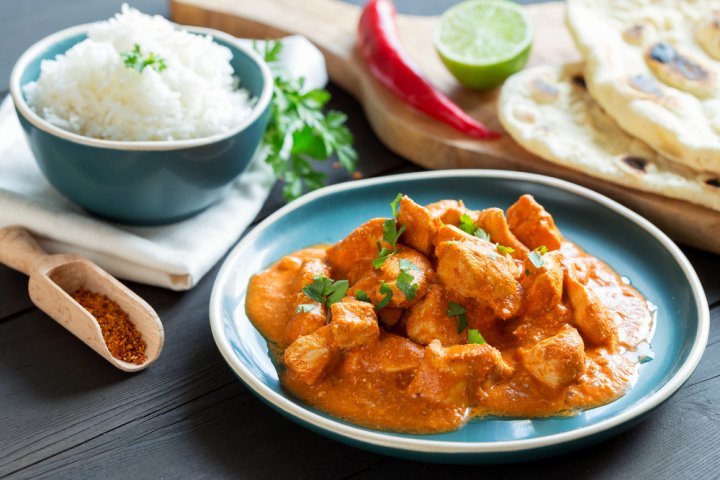
One of the most famous dishes in an Indian restaurant, especially in the western part, is Butter Chicken. Butter Chicken has an origin in the northern Indian state of Punjab, but first, it was invented accidentally in the Moti Mahal restaurant in New Delhi. When the staff found leftover chicken pieces, they mixed it with leftover sauce and they invented butter chicken. It features chunks of boneless, skinless chicken breast and it is marinated overnight in yoghurt and a variety of spices. Then, the cooked chicken is mixed in with a tomato curry sauce, resulting in a popular curry. Now butter chicken has international fame, and it is served with a dollop of cream or butter on top, and it is perfect with basmati rice, a side of naan and a crisp, green salad. You can notice that this dish is not spicy, but if you want spicy flavour, you can adjust the spices for an extra kick.
Rogan Josh
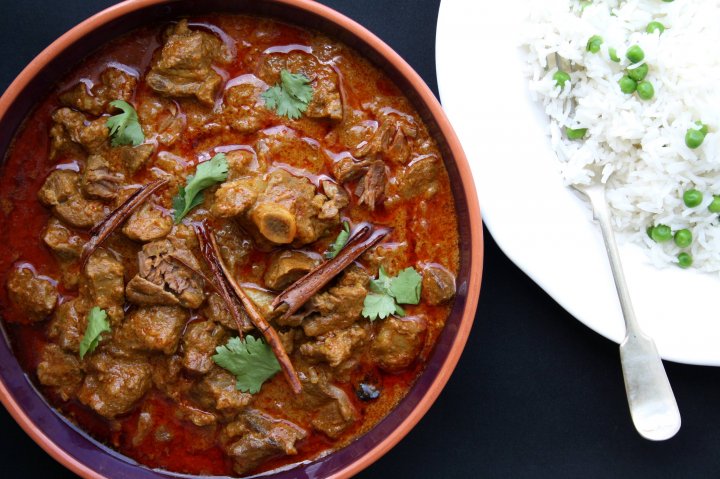
Rogan Josh is a lamb curry which has Persian and Kashmiri origin. To prepare this dish, lamb pieces are typically stewed in gravy made with browned onions, garlic, yoghurt, ginger, and aromatic herbs and spices. Rogan Josh has got a deep red colour which comes from red chilli and people find best of it flavoured by alkanet flowers or roots and Kashmiri chillies. Rogan Josh is pretty spicy, but you can tone down the amount by adding cream at the end of cooking. It is served with plain or spiced basmati rice and Indian flatbreads such as naan on the side. Rogan Josh is also famous in British restaurants since 1950 and if you find difficulty preparing this dish, you can order from them.
Hyderabadi Biryani
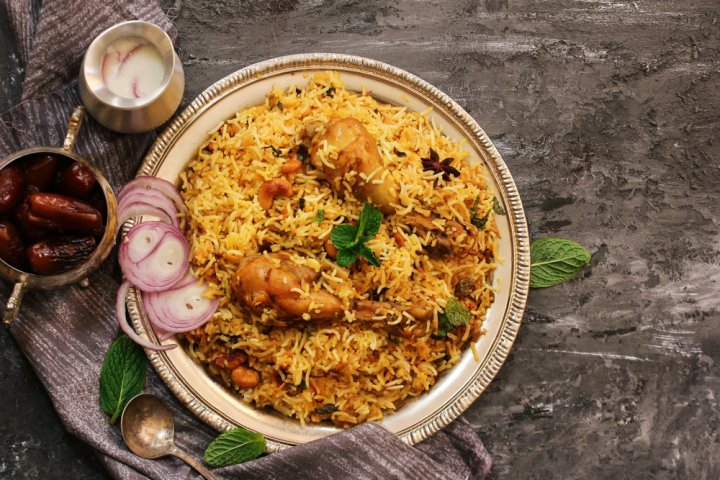
Biryani is one of the common foods found in Indian street restaurants and hotels, and Hyderabadi biryani is on the hype. Hyderabadi Biryani has raw and cooked variety, and it originated in the kitchens of Nizam of Hyderabad. Though it is named after Hyderabad, it is famous all over the country, especially in South India. This cuisine is known for its unique cooking style that is a Dum style which means slow-cooking technique. Hyderabadi Biryani comprises basmati rice, goat, mutton, or chicken meat, lemon, yoghurt, onions, and saffron. To prepare this dish, meat and veggie are cooked over a low flame and spices like fried onions and mint are added upon.
Dhokla
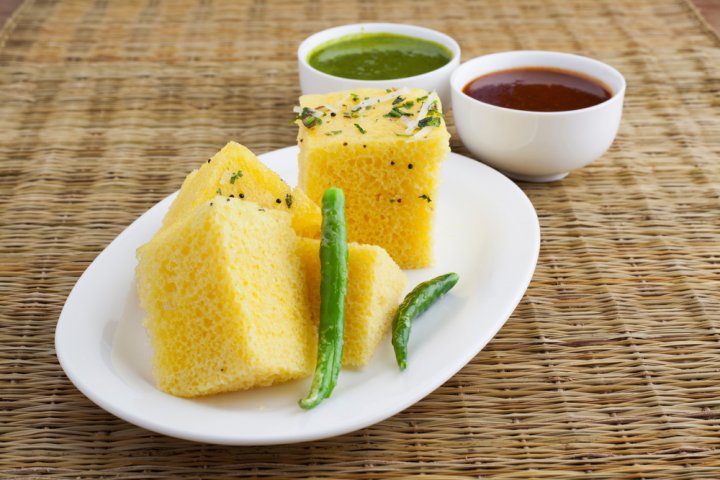
Originated in Gujarat, Dhokla has been common food in all over the country. Dhokla is a vegetarian food made from a fermented batter that is derived from split chickpeas. It is also a steamed cake which has become the main dish, side dish, or afternoon snack in many Indian houses, and even you can take it in the parties. You can prepare this dish in various ways using a variety of ingredients with different ratios of chickpeas within them. Dhoklas are usually yellow and served with green mint sauce and a sweet tamarind sauce.
Chaat

Chaat is street food and people love it for its combination of salty, spicy, sweet, and sour flavours. One of the reasons why it is very popular is that it provides the variety such as Bhel Puri, Pani Puri, and Samosa Chaat throughout India, Pakistan, Nepal and Bangladesh. People take Chaat as snacks at noon, and all ages love it. In a restaurant, they usually serve Chaat with a traditional Indian drink called lassi. If you want to have a crispy and somewhat spicy snack, you can try Chaat.
Kheer
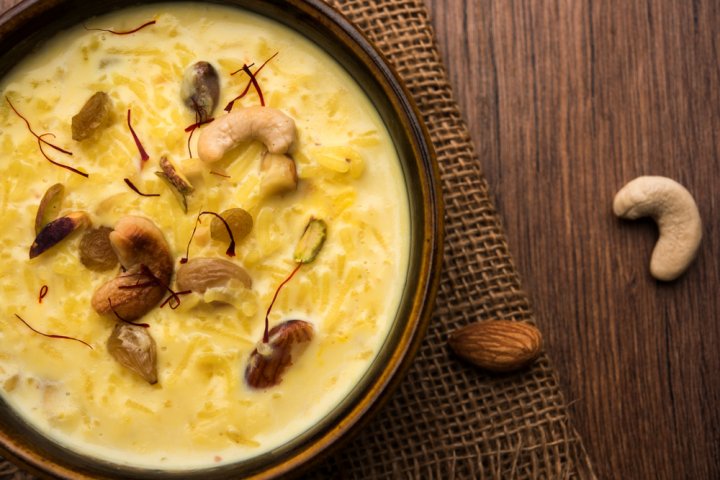
Kheer is a rice pudding, and it originated 2000 years ago in the Lord Jagannath Temple in Orissa. Primarily, Kheer is made as an offering to the Gods in the temple and now Hindu weddings are believed to be incomplete without Kheer. Also known as Payasam, Kheer is an Indian dessert made by boiling rice, broken wheat, tapioca, or vermicelli with milk and sugar and later it is flavoured with cardamom, raisins, saffron, and nuts like cashews, pistachios, or almonds. If you are in India, never miss having Kheer which is made throughout the year.
Dal Makhni
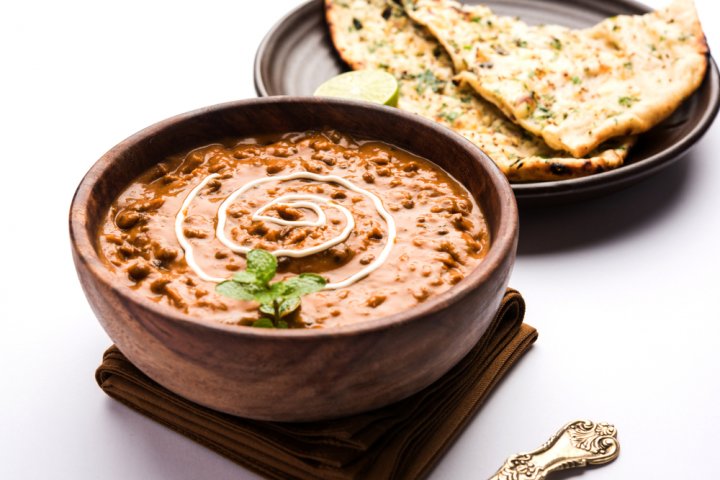
Originated in Punjab region, now Dal Makhani has become favourite food all over India among the lentil dishes. The ingredients you need to make Dal Makhani are red kidney beans, whole black lentils, butter, and cream. Dal Makhani is cooked in a rich tomato-based sauce, adding the hefty amounts of ghee and various seasonings such as ginger and garlic paste and chilli. And it is served with naan or roti bread. Dal Makhani is the pride of Indian restaurants and is made on various festive occasions in India.
Samosa

A triangular-shaped food, Samosa or Samosa, has been common in Indian homes since the centuries. Samosa is not only famous in India but many counties in the Middle East. It is one of the favourite Indian foods, which is made almost on all occasions. Samosas are filled with a variety of ingredients such as onions, lentils, spiced potatoes, peas, or ground meat. Besides these ingredients, you can also add meat or lentils. Samosas are fried in oil deeply and are served with chopped onions, yoghurt, or fresh, homemade Indian ketchup or sauces. You can also take Samosas with Chhole, which is the gravy of peas.
Vada Pav
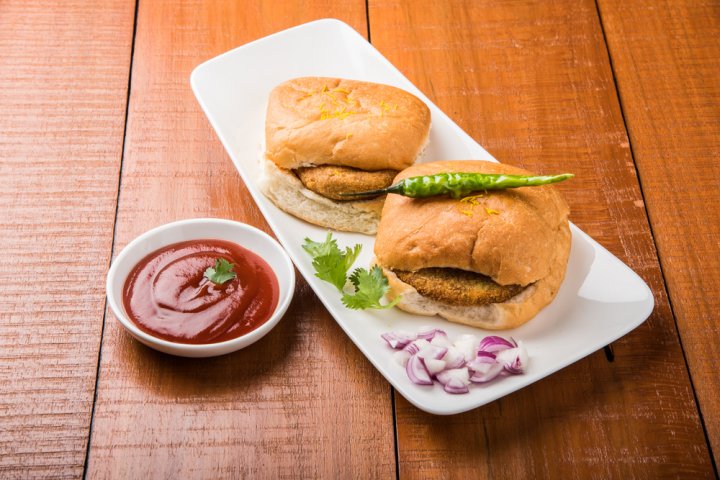
If you do not know Vada Pav, then you may not have gone to Mumbai. Pada Pav is said to be invented by a street vendor named Ashok Vaidya thinking it to be portable, affordable, and easy-to-prepare food. It is street food, also called Mumbai Sandwich, and you can find it in every street stand and restaurant. Its popularity is huge, especially among the working class. Vada Pav includes vada, or spicy mashed potatoes, that are deep-fried in chickpea batter, and Pav or white bread rolls. And it is served with hot red ketchup which is made with coconut, peanuts, garlic, tamarind, and chiles.
Khichdi
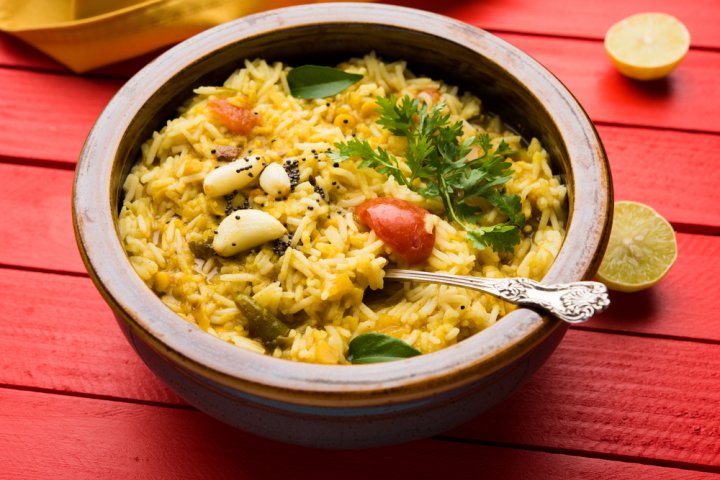
Khichdi is an Indian dish which was invented in the 15th century, and later Moguls popularized it. It is called the queen of all foods and it is believed one of the healthiest Indian foods. That's why babies are fed this solid food foremost in their life. Apart from India, Khichdi is also consumed throughout Nepal, Pakistan, Bangladesh and Sri Lanka and it has also become the favourite lazy weekend lunch. Khichdi is prepared with ingredients such as cinnamon, cloves, bay leaves, and peppercorns and served with yoghurt, ketchup, and pickled mangos or limes.
Tips on Eating Indian Foods
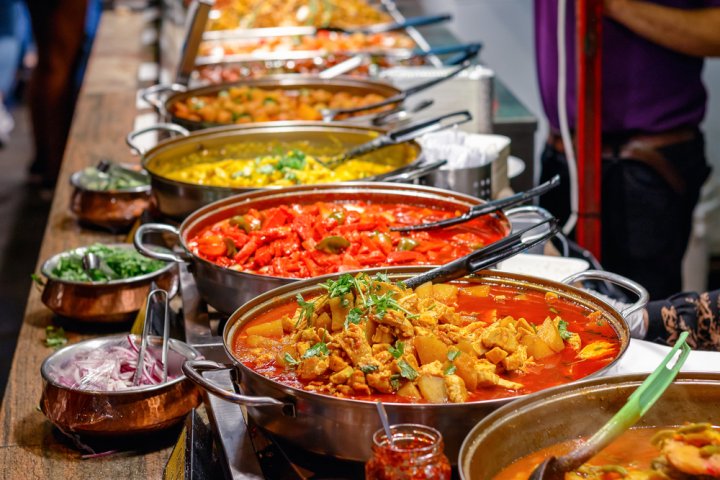
Only Eat Cooked Foods
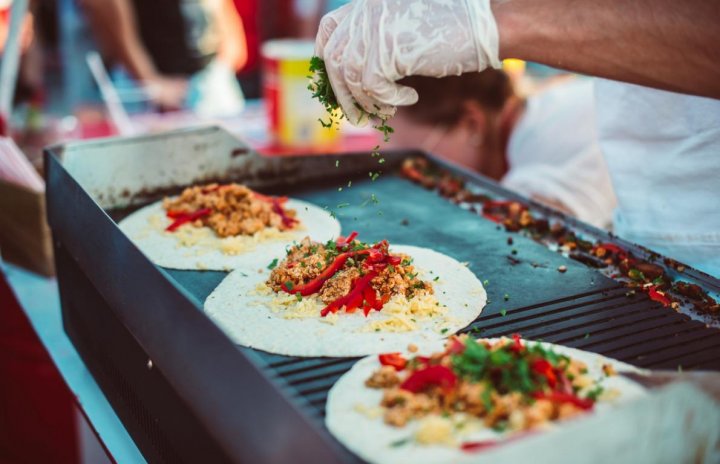
If you are in India for the first time, you need to be careful about the foods and drinks. Eat always cooked foods as cooking kills most bacteria and amoeba. If you find fruits and salads in the street, never buy them as nobody knows how long fruits have been there. If you want to buy them, take those fruits only which can be peeled, not raw ones. When you are in South India, you can take steamed momos and accompanying sauces as they are fully cooked.
Check the Water Source
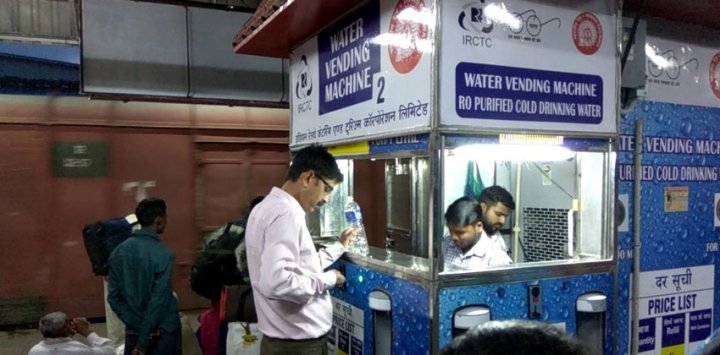
Drink only filtered and bottled water. As India has a scarcity of drinking water in city areas, it is not safe to drink openly. Be careful about the street eatables which are filled with spiced water such as golgappa or Pani Puris. As nobody knows where vendors get the water from, it is unsafe to have paan, chat pate, chaat and other street foods which need water to be prepared. The same case is with anything ice-based, so avoid them.
Take Probiotics with You

Always take probiotics with you as it can boost the good bacteria in your stomach, improve digestion and increase natural immunity. Especially when you go on travelling to India, Probiotics helps you with all-round digestive health. Indian foods are spicy, and if you are not habituated with them, your stomach gets in trouble. So, you can also take Charcoal tablets that can stop diarrhoea and dysentery.
Use Your Hands to Eat

As long as you live in India, then leave spoon and fork. Using your hands is more fun, and according to Ayurveda, you can taste better when you use your hands and fingers. And it is safer than using utensils which might not be cleaned for long. You know where you have placed your hand and how whether it is clean or not. However, make a habit of cleaning your hands before trying on the food with your hands.
Avoid Eating too Much Spicy Foods

Indian foods are full of spices and Indian people love spicy foods, but westerners might not be able to digest it. If you are not accustomed to Indian foods, ask the seller about the level of spice in the food. When you eat in Indian restaurants, you are offered chillies and salt without your request. But you can also make ready some antidotes such as plain rice, bread, yoghurt, etc.
Choose Restaurants Serving Local Food
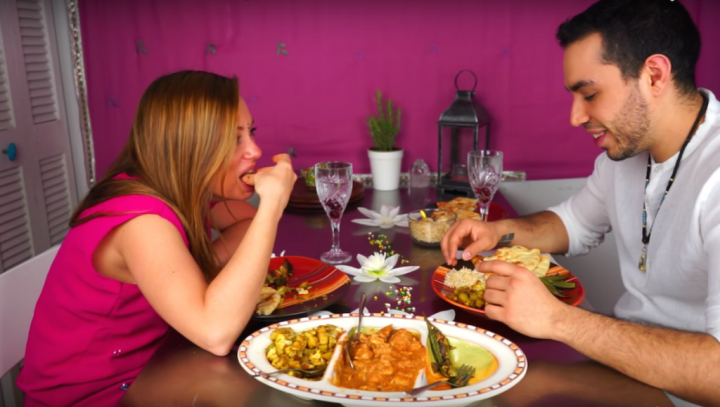
Local restaurants offer the foods at a very affordable price and you can eat the plate of various dishes for Rs.50. For the same quality, fancy restaurants can charge you a lot. The foods prepared in the local restaurants are better able to capture the local essence of the food.
-
 Ever Wondered How to Make Paneer at Home? Here is the Complete Guide to Take Out Soft and Creamy Paneer from Milk at Home (2021)
Ever Wondered How to Make Paneer at Home? Here is the Complete Guide to Take Out Soft and Creamy Paneer from Milk at Home (2021)
-
 समुद्र तट, प्रकृति का जादुई सौंदर्य, अनूठा आकर्षण सब कुछ है - पांडिचेरी यात्रा के दौरान वहाँ क्या देखें, क्या खाएं, कहां खरीदारी करें: पांडिचेरी में घूमने के 10 सर्वश्रेष्ठ स्थान (2020)
समुद्र तट, प्रकृति का जादुई सौंदर्य, अनूठा आकर्षण सब कुछ है - पांडिचेरी यात्रा के दौरान वहाँ क्या देखें, क्या खाएं, कहां खरीदारी करें: पांडिचेरी में घूमने के 10 सर्वश्रेष्ठ स्थान (2020)
-
 If You are Planning a Trip to Pondicherry in 2020, These are the Places to Visit for Foodies, Beach Bums and Shopaholics!
If You are Planning a Trip to Pondicherry in 2020, These are the Places to Visit for Foodies, Beach Bums and Shopaholics!
-
 Add Some Splendour to the Valentine's Day By Taking Charge And Gifting Your Boyfriend These 10 Awesome Gifts to Make His Day (2019)
Add Some Splendour to the Valentine's Day By Taking Charge And Gifting Your Boyfriend These 10 Awesome Gifts to Make His Day (2019)
-
 Want More Tantalizing Breakfast Ideas? Here are 6 Scrumptious Egg Recipes for Breakfast That Will Make You Want to Eat Eggs All Day (2020)
Want More Tantalizing Breakfast Ideas? Here are 6 Scrumptious Egg Recipes for Breakfast That Will Make You Want to Eat Eggs All Day (2020)
Is Your Mouth Watering Yet?
India continues to astound you in all aspects of culture, history, traditions or food. Whether you are exploring the high mountains in the north or sunbathing on the down south beaches, you will find that as you travel every 100 miles the food changes along with the culture. Indian food is very diverse and tasty, hence, it is very difficult to select a few items from the myriad of varieties that we have. So take a look at our choice of the 10 Famous Indian Foods that we should all be grateful for. And may we have the freedom to indulge in all of them forever to come. We hope you can enjoy making it as well as we enjoyed putting it together.

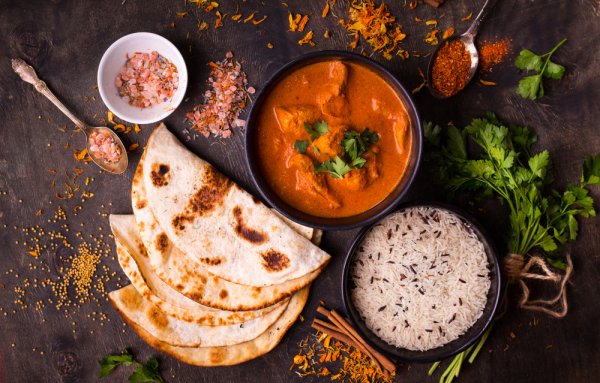
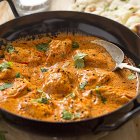

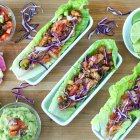



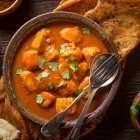
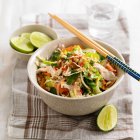
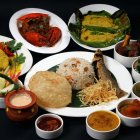
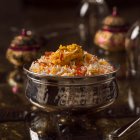


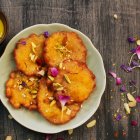
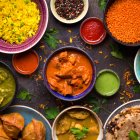
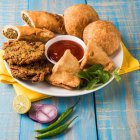

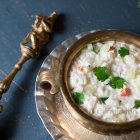

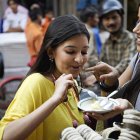
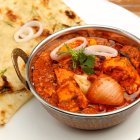
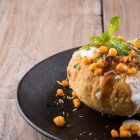
 Highlight the Best Facets of Your Incomparable Beauty: Discover the Best Face Highlighter Currently Available in India and Everything You Need to Know About Using Face Highlighters for Maximum Effect (2023)
Highlight the Best Facets of Your Incomparable Beauty: Discover the Best Face Highlighter Currently Available in India and Everything You Need to Know About Using Face Highlighters for Maximum Effect (2023)
 Forget the Blemishes and Get that Picture Perfect Flawless Radiance on Your Face: Check out the Best Foundations for Oily Skin Currently Available in India and Everything You Need to Know About Makeup Foundations (2023)
Forget the Blemishes and Get that Picture Perfect Flawless Radiance on Your Face: Check out the Best Foundations for Oily Skin Currently Available in India and Everything You Need to Know About Makeup Foundations (2023)
 Make Your Presence Felt Wherever You Go: Discover the Best Perfumes Under 2000 for Both Men and Women to Announce Your Arrival and Make Any Occasion Memorable (2023)
Make Your Presence Felt Wherever You Go: Discover the Best Perfumes Under 2000 for Both Men and Women to Announce Your Arrival and Make Any Occasion Memorable (2023)
 Protect Your Oily Skin from the Harmful Rays of the Sun: Discover the Best Gel Based Sunscreens for Oily Skin and Everything You Need to Know Before Buying One (2023)
Protect Your Oily Skin from the Harmful Rays of the Sun: Discover the Best Gel Based Sunscreens for Oily Skin and Everything You Need to Know Before Buying One (2023)
 Minor Blemishes and Wrinkles Affecting Your Confidence? Check out the Best BB Creams to Conceal Your Worries and Nourish Your Skin to Restore the Healthy, Radiant and Glowing Complexion Back Again (2023)
Minor Blemishes and Wrinkles Affecting Your Confidence? Check out the Best BB Creams to Conceal Your Worries and Nourish Your Skin to Restore the Healthy, Radiant and Glowing Complexion Back Again (2023)
